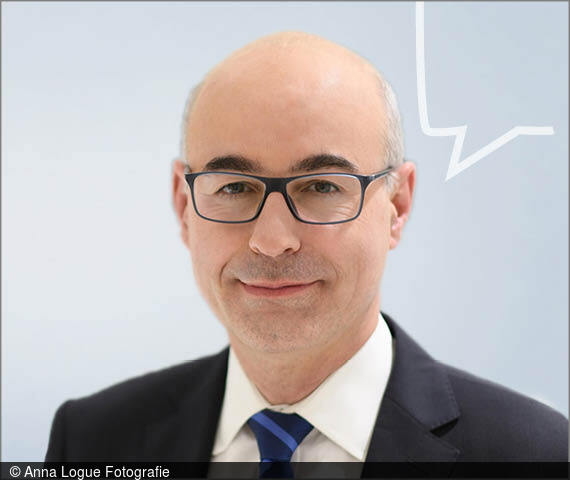The Economic Stabilization Fund: Lessons Learned from the Financial Crisis
OpinionZEW President Achim Wambach and Klaus Schmidt on the Coronavirus Rescue Package of the German Government
The German Bundestag and the Bundesrat have approved the biggest rescue programme in the history of the Federal Republic of Germany. With a volume of up to 600 billion euros, the Economic Stabilisation Fund (WSF) aims to intervene in the economy and support German businesses during the difficult times amid the coronavirus pandemic. While the federal government’s swift and determined action is to be welcomed, greater account should be taken of the lessons learned from the financial crisis that began in 2007, argue ZEW President Professor Achim Wambach and Klaus Schmidt, professor at the University of Munich and chair of the Board of Academic Advisors to the Federal Ministry for Economic Affairs and Energy.
The stabilisation fund includes 400 billion euros in guarantees to help businesses cover their loans, whereas 100 billion euros are reserved for direct lending, which will be made available by German development bank KfW. Another 100 billion euros are earmarked for recapitalisation measures. While we are already familiar with the first two instruments from the financial crisis, the third one is new. It is therefore all the more regrettable that the legislation adopted today remains too vague on how this instrument will be used.
It merely provides a rough sketch of eligible companies, which are described as “companies whose failure could significantly impair the economy, technological sovereignty, security of supply, crucial structures or the labour market”. This includes a great many companies. There is, however, no legal entitlement to government support. The legislation also contains a number of recapitalisation instruments, ranging from the purchase of subordinated debt instruments, through silent partnerships, to the acquisition of company shares. However, the law does not specify which financing instruments should be used in which situation. As a consequence, an enormous number of businesses could potentially be nationalized. But is this really a desired outcome? And while the guarantees are limited to a five-year period, the capitalisation measures of the WSF are not subject to any time limit.
The governance structure is key
governance structure of the WSF will be crucial to avoid misallocations. This is where the experiences gained from the financial crisis can help. During that crisis, a programme called “Wirtschaftsfonds Deutschland” (“Economic Fund Germany”) was put in place, which provided government support to the most important businesses in the real economy. The fund’s steering committee was supported by a commission of experts, the so-called steering council, in its decision-making process. This model worked well during the crisis and could serve as a guide for the governance structure of the WSF. Additionally, an “Expert Council on Exit Strategies” was appointed after the crisis, who advised the federal government on how to phase out the measures. This model could also be reactivated.
The Economic Stabilisation Funds raises many questions: Which companies should receive support? When should the government intervene, and when should loans be approved to ensure the functioning of the economy? How can the support scheme be phased out without jeopardizing the economy? Finding answers to these questions will determine whether the stabilization measures will prove to be a success or a millstone, as we will have to deal with the consequences of the measures adopted today for years after the crisis. Transparency, clear criteria and good governance can help ensure that the support reaches those who need it most. This should be taken into account when implementing this law.
A full version of this article appeared on 28 March 2020 in the “Mannheimer Morgen”.

